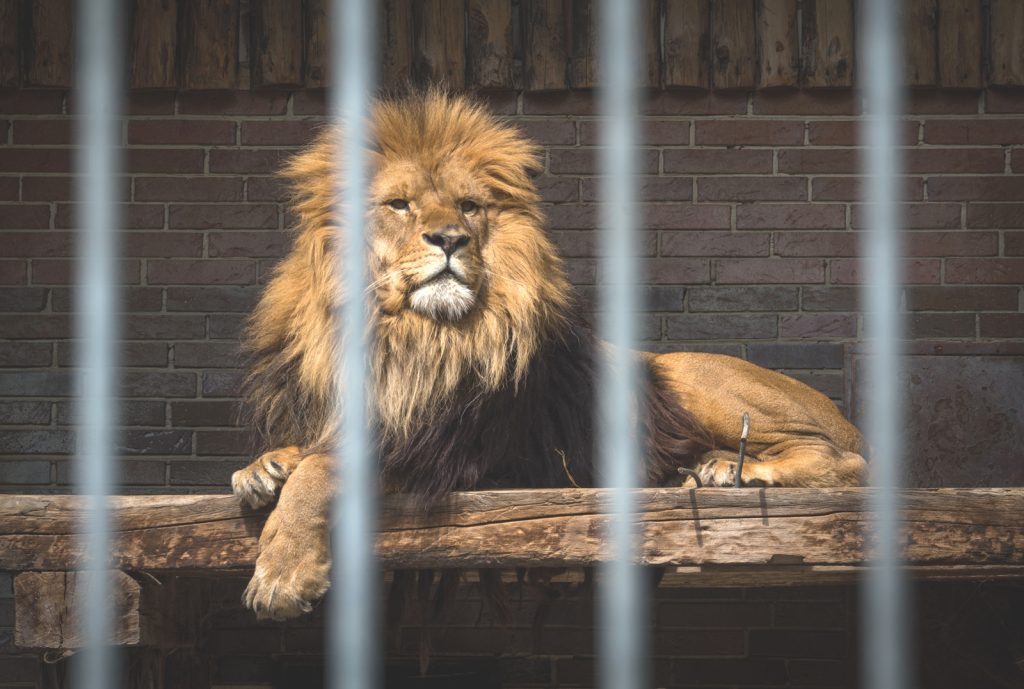Nottinghamshire zoo plans opposed by Born Free rejected by local council
Born Free is pleased with the decision by Broxtowe Borough Council to reject the planning permission for a new zoo.

© J McArthur BFF
In January 2023, Born Free submitted an objection to the zoo plans to Broxtowe Borough Council. Although an ethical stance on the zoo industry would not be considered during a planning process, we raised several other concerns about the application. This included, but was not limited to, development on a green belt, inadequate ecological surveying, safety risks with the existing public right of way and development within flood zones (with saturated ground being particularly unsuitable for the proposed Savannah species, who are susceptible to foot health issues).
It is also our view that this application was for the development of a zoo marketed as a sanctuary, as we outlined in our statement. While the intention of rescuing animals may be admirable, simply stating an aim to rescue “animals at threat of disposal” is not enough to distinguish the plans from that of a zoo.
Despite having no meaningful conservation purpose, the zoo industry produces countless ‘surplus’ animals every year which are at risk of being killed (or as it is known, ‘zoothanised’) if a home in another zoo or elsewhere is not found. Consequently, questions remain about whether the animals referenced in the planning statement were unwanted animals from other zoos or from elsewhere. This was reflected in the stated intention of joining the European Association of Zoos and Aquaria (and subsequently their breeding programme). Questionable claims about the rewilding of animals were also made.
Without plans to follow standards and procedures required of genuine sanctuaries, or seek sanctuary accreditation, and a mission statement lacking the ethos of a sanctuary or further detail on animal acquisition, the proposed development made contradictory statements about its mission and purpose.
During the committee hearing, the applicant stated, “Whether you call it a zoo, a sanctuary, [or] a wildlife park, the name doesn’t matter, it’s what we plan to do that counts.” This reflected the wider application by failing to acknowledge the differences between the purposes and actions of a genuine sanctuary and a commercial zoo.
The application’s agenda document listed five reasons why the Planning Committee was recommended to refuse the planning permission. This included inappropriate development on a green belt, development within flood zones and an adverse impact on protected species, as well as the loss of a local wildlife site and fragmentation of a key wildlife corridor and ecological network. All of these issues were reiterated by councillors during the debate.
Addressing the flooding issue, the applicant pointed towards the species that may be kept on site commonly experiencing seasonal flooding in their wild habitats; however this failed to acknowledge that such species have the ability to move away and out of flood water if they choose to in the wild. In the confines of an enclosure, such an option would likely not exist. In recent years, there have been several tragic examples across Europe of animals in zoos either escaping or dying due to flood water.
The UK is one of the world’s most nature-depleted countries. Building on a green belt to display exotic animals at the detriment of priority habitats and species seemed to be counterproductive to the application’s alleged conservation goals. Housing and breeding exotic animals such as big cats in the UK serves no viable conservation purpose, whereas protecting local natural habitat does.
From an educational standpoint, authentically engaging with local nature is of paramount importance, rather than viewing exotic animals in artificial settings, with research suggesting that educating children about local wildlife can have a strong impact on how they appreciate wildlife and care for their surroundings. The wellbeing benefits of access to green space have also been widely demonstrated.
Local governments should be improving accessibility to nature as well as protecting, restoring and enhancing it, particularly given the UK’s commitment to protect and conserve a minimum of 30% of land and sea for biodiversity by 2030, known as 30 by 30. Therefore, it is our view that the correct decision was reached by the planning committee yesterday.
